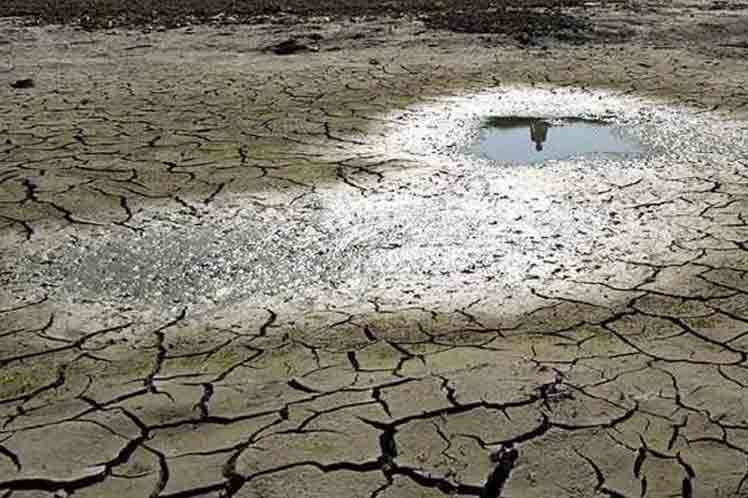Panamanian meteorologists predicted that there were 50 percent of probabilities that the atmospheric phenomenon El Niño returns to Panama by the end of June or in early August, causing a disaster in agriculture.
Such prediction triggered alarms in the sector, because if it is right, the aforementioned phenomenon will cause an increase in the outbreaks of plagues and diseases, jeopardizing food production, as warned by the experts that participated in the recent Central American Forum on Climate.
In this reference, a report by the International Regional Organization for Plant and Animal Health (OIRSA) revealed that the presence of El Niño would generate and increase of thrips, which are are minute, slender insects with fringed wings and unique asymmetrical mouthparts that feed mostly on plants (although a few are predators), affecting crops as melon, potato, tomato, egg plant and pepper among others.
According to Alcely Lau, manager of Research and Climatic Applications at the Company of Electric Transmission S.A., the impact of this phenomenon answers to the gradual warming recorded on the tropical Pacific Ocean surface, which causes a decrease in rains in that area, especially in the Azuero region.
However, El Niño not only causes droughts in the Pacific Ocean area , but also excess of rain in the Caribbean Sea, affecting other important economic activities, such as cattle raising and fishing, the experts said.
Statistics by the Agricultural Insurance Institute of Panama revealed that during the 2015-2016 agricultural year, more than 22,000 hectares were seriously damaged, due to this atmospheric phenomenon, with the crops of corn and rice as the most affected.
For that reason, OIRSA recommended to increase epidemiological surveillance measures in risk areas and develop proper processes to till and fertilize soils.
